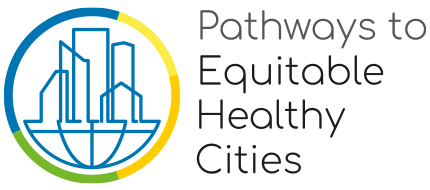Written by Cynthia Awuni, in collaboration with Frans Berkhout Ben Howard and Samuel Agyei-Mensah.
In November 2022, our researchers aimed to identify important development issues for the Greater Tamale Metropolitan Area (GTMA) in the context of health and climate change, as well as to explore practical development options and interventions. This began with a visit to the chief palace where Pathways met with the chief elders; followed with a co-production Workshop on Climate Change, Health, and Flooding engaged a wide range of local officials, NGOs, and activists in conversation in Tamale, with the goal to forge connections and gain knowledge of Tamale as a location for further PATHWAYS research and involvement. The coproduction workshop specifically aimed to:
- Strike up a conversation with the main actors in Tamale.
- Examine important climate change and health issues in Tamale, focusing on flooding.
- Create practical solutions for Tamale’s thriving climate-resilient urban development.
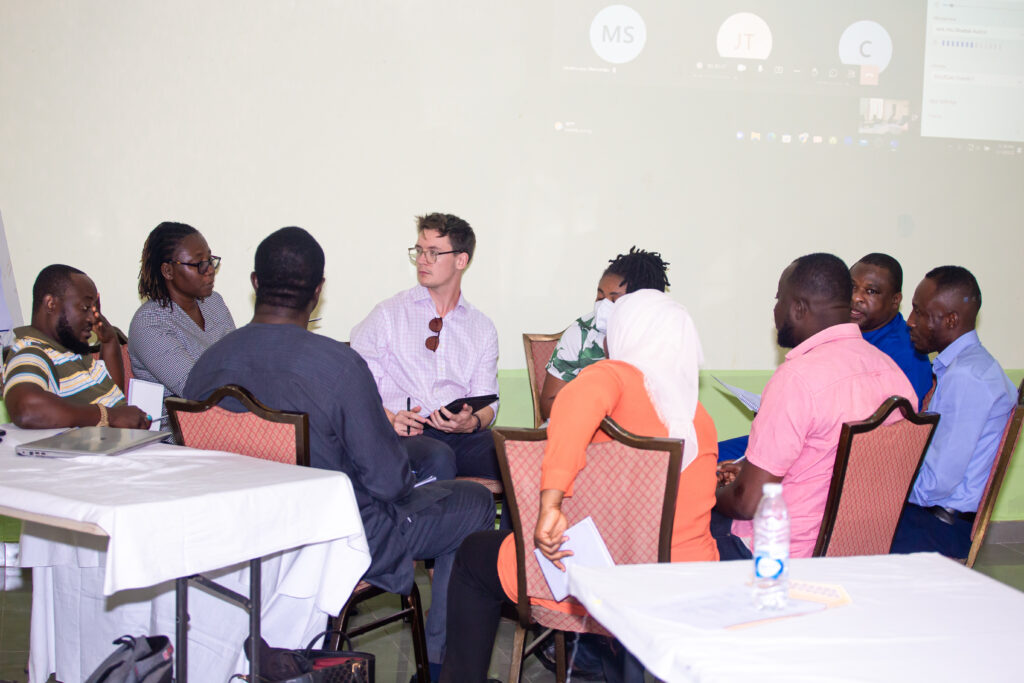
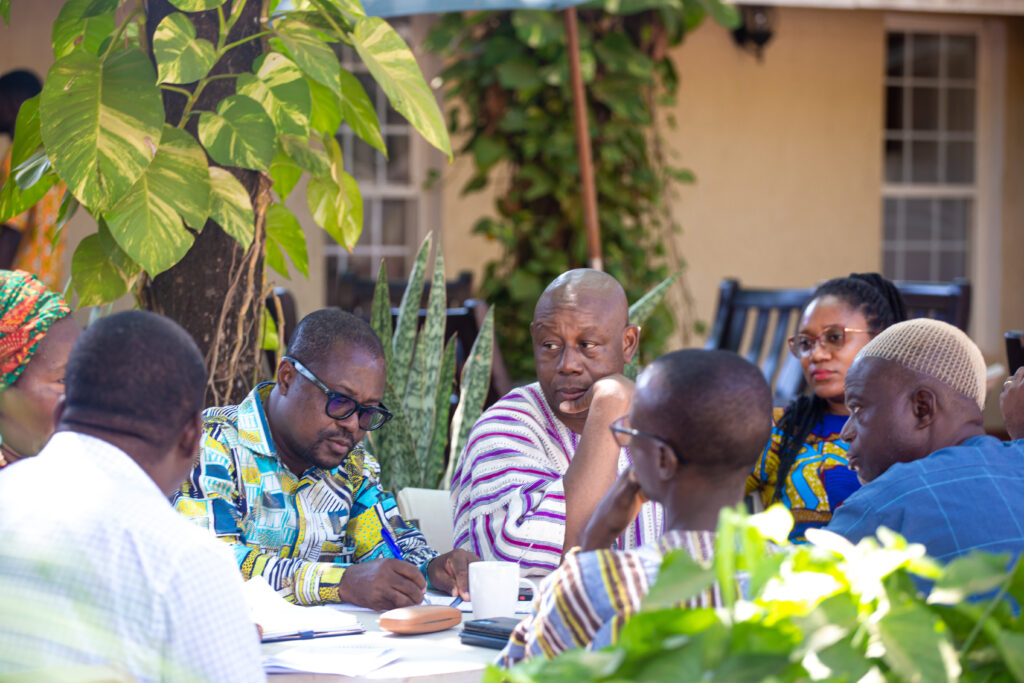
The workshop sessions lasted for two days and included plenary open discussion sessions and brief presentations. The Structure Plan for Tamale, which sought to increase social, economic, and environmental resilience amid fast urbanization and growth, was presented on the first day to highlight the historical context of Tamale and relevance for research. Presentations on Day 2 offered information on the relationship between housing and health, climate change and flooding, and other topics. Four subjects were chosen to organize focused open discussions: access to water and health, heat and health, food, nutrition, and health, and floodin
g and health. The open plenary session included discussions on a variety of topics that affect Tamale today; including land use and climate change, governance and land use, water resource and flood management across the GTMA, the need to investigate new integrated approaches, and the need for better, more up-to-date information and data, including hydrological and climate modelling as an input to future planning.
Among the issues discussed in the coproduction workshop, emphasis is placed in this blog on climate change, flooding, and health in Tamale.
Climate change, flooding, and health in Tamale
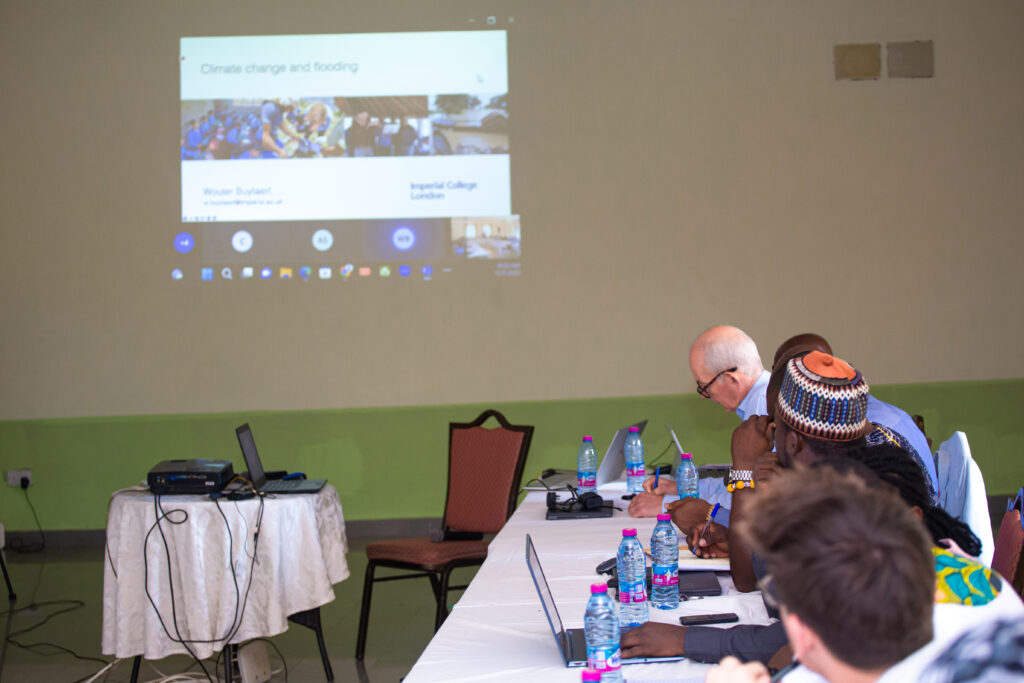 Northern Ghana has experienced flood disasters with increased frequency, which are related to climate change impacts. Tamale and other areas of the Northern Region are not exceptions. Observation trends show that the frequency has in floods are continuously increasing since the 1990s. The escalating severity and harm caused by flash flooding, which relate to shifting rainfall patterns during the rainy season, is a constant worry. Like many other regions of the world, more precipitation falls now than previously due to intense rainstorms, which leads to even more frequent and hazardous flash floods and inundations. This flood risk is made worse by the city’s poor relief. Greater quantities of surface water runoff (pluvial floods), caused by more densely populated areas, concrete/asphalt screening surfaces, compacted and impervious nature of soils and deforestation raise the risk of flooding.
Northern Ghana has experienced flood disasters with increased frequency, which are related to climate change impacts. Tamale and other areas of the Northern Region are not exceptions. Observation trends show that the frequency has in floods are continuously increasing since the 1990s. The escalating severity and harm caused by flash flooding, which relate to shifting rainfall patterns during the rainy season, is a constant worry. Like many other regions of the world, more precipitation falls now than previously due to intense rainstorms, which leads to even more frequent and hazardous flash floods and inundations. This flood risk is made worse by the city’s poor relief. Greater quantities of surface water runoff (pluvial floods), caused by more densely populated areas, concrete/asphalt screening surfaces, compacted and impervious nature of soils and deforestation raise the risk of flooding.
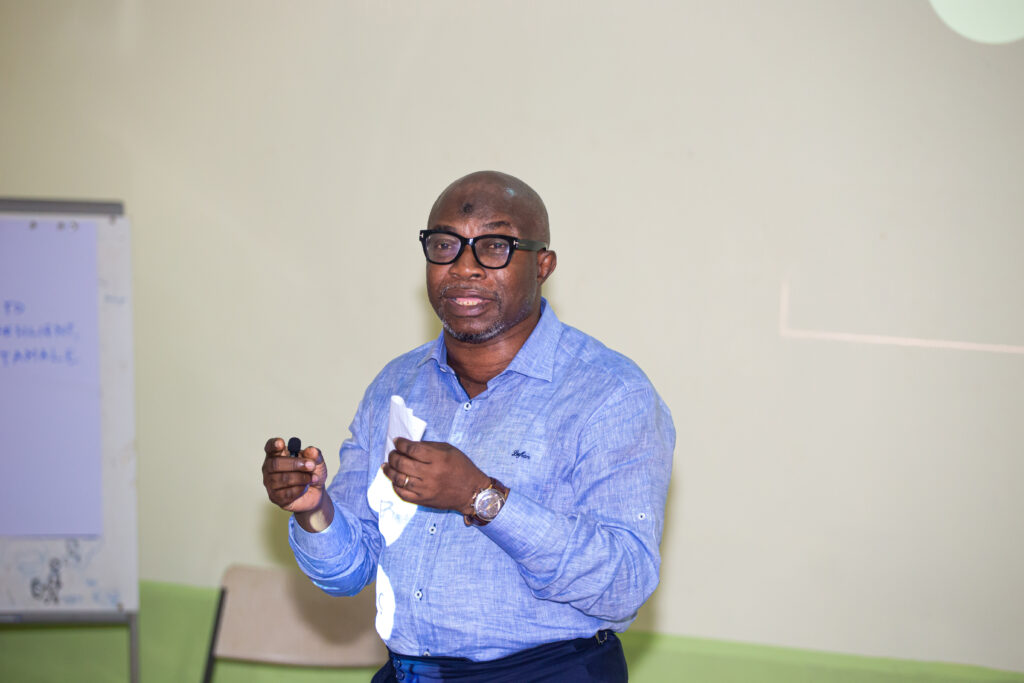
Many lower-income households decide to settle in locations with a high risk of flooding because they are closer to employment opportunities, and amenities like water and education. A growing number of people are therefore exposed to flood risk and losses as an outcome of unplanned urbanization. Flood and storm drains built in the city within the last decade may further aggravate the problem of flooding in lower-lying areas of the city, where flood water is moved without planning for retention and managed discharge. The direct impacts of flooding in terms of lives and property losses are widely experienced and understood, but they have not been quantified. Risks associated with water-borne and infectious diseases linked to water bodies (malaria, dengue) are also known but not well characterized. The psychological health impacts of floods are less well understood. Although there is growing awareness in Tamale, especially among urban planners and decision-makers of the changing patterns of rainfall and flooding, and of the potential to adapt city planning, development, and permitting, there has been limited adjustment/adaptation to take this into account.
From the co-production engagement workshop, we were able to decipher and develop possible flood mitigation strategies with the contribution of local Tamale officials, NGOs, and activists:
- Tamale must acknowledge that because it is now a rainy city, yearly flooding is now unavoidable. Planners and the population must adjust to the new hydrological regime.
- New solutions should strive to slow the movement of water through the city and store water in the areas that are most acceptable to be flooded instead of trying to transport rain as quickly as possible.
- Guidelines and viewpoints from catchment-based approaches, natural flood control, and nature-based solutions may be incorporated into new approaches.
- This could include adding vegetation and trees to protected green space to boost infiltration rates, creating flood retention areas, and restoring wetlands. Instead of the existing reductionist approach to land planning, land (and ecosystems) must be exploited for diverse purposes.
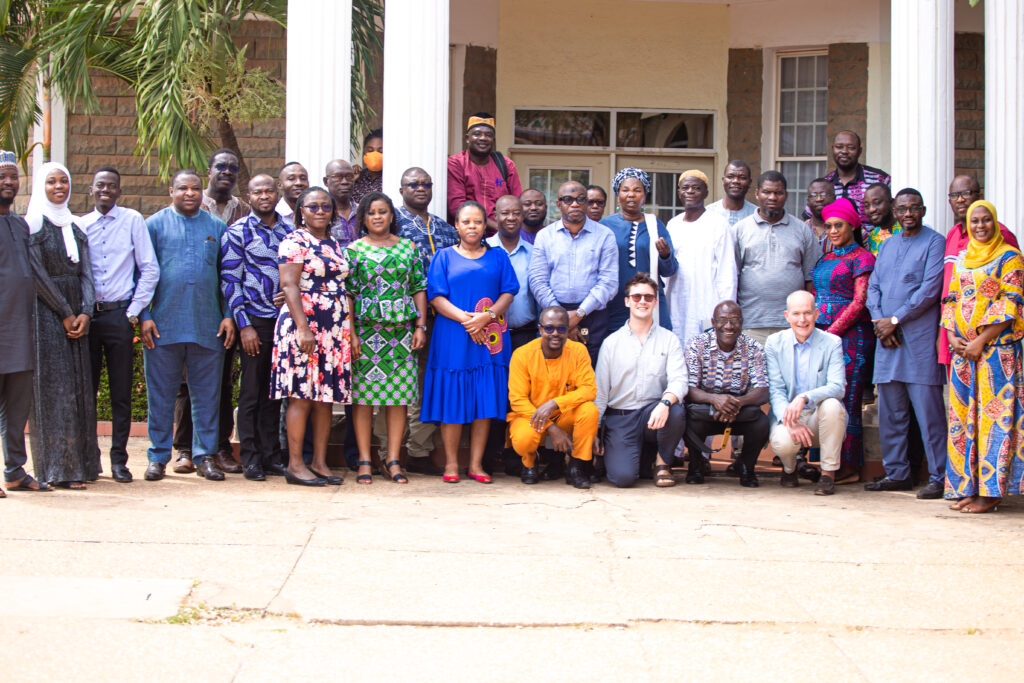
PATHWAYS Team and Local Stakeholders on Day 2
